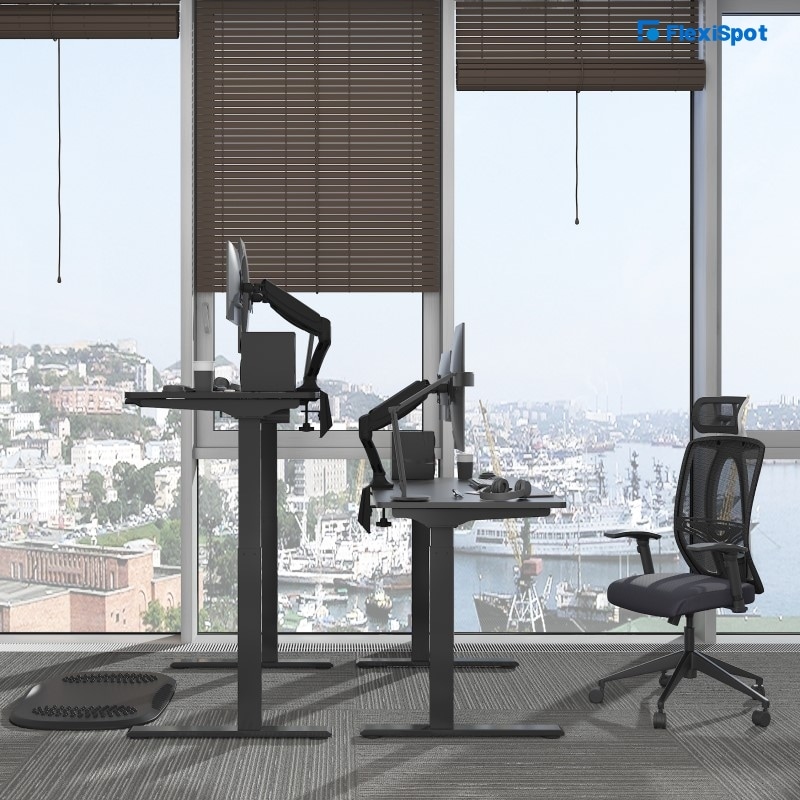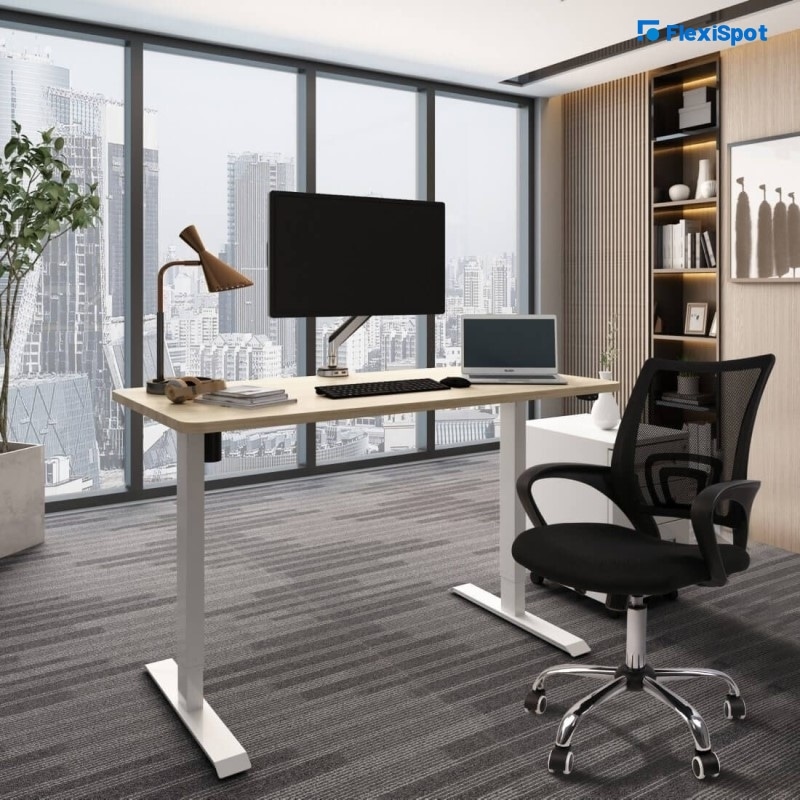In the workplace, the goal is to always be motivated and productive to finish work tasks on a daily. There’s no room for an uninspired and dull space which just sucks out the spirit from an employee to work hard and efficiently. One wants an office space that motivates and inspires them to deliver their best work performance. The office space must be one that meets the needs of its user, you, so that you won’t feel like work is a dragging chore.
For a business to thrive, it needs to have employees who are productive, whether they work at home or in the office. It is the lifeblood of a company. There are many ways to boost productivity in the workplace. One of these is changing the layout and the setting of your office to accommodate the needs and wants of workers. It’s not only about relocating to a different building; it’s more about tweaking the layout of office furniture and equipment, how employees come and go through the different spaces, and what vibe the office gives off to its employees.
The way we work is constantly evolving, transforming in social and technological ways, moving in exciting, different directions.
Working styles are now becoming smarter and more efficient as workers adapt to new technologies that create more versatile working environments. It would do workers a lot better when they have a flexible office space that could help improve their performance. Companies are also to employ and retain highly motivated and skilled workers when their workplace is flexible, versatile, and innovative.
What Comprises a Flexible Office Space?
During the COVID-19 pandemic, people’s eyes were drawn to flexible work arrangements, especially in the field of telework. Most companies were unprepared and had to add flexible job arrangements. People were ordered to stay at home, and only essential workers were allowed to work on-site.
We discuss in this article what you can do to improve your flexible office space. These would be beneficial for both freelance remote workers and stay-at-home corporate employees. It comes in handy for workers who are now in the process of transforming their workstations to meet their needs more.
There are available tools to increase the company's productivity and make employees want to work at their workplace. Below are some tips on how to do so.
1. Physical Layout
A productive environment is important as much as attention to the physical space is also vital. Management has to cultivate enthusiasm for the company's mission and the staff must be informed of their crucial part in attaining those objectives.
If you are working at home, you have to figure out first what area will your workstation be located. The area shouldn’t be distracting to your work; for example, the noise from the other house shouldn’t be overheard by people you have video conferences with. A clear idea of where you want to put your workstation and having the flexibility to adjust it whenever is an important factor. Based on one’s preferences, which are ever-changing, a workstation is flexible if it can easily transform and keep up with these desires.
You could be unhappy at work because your environment is full of distractions or is not inspiring to work in. You won’t be as creative and committed to your job when something is bothering you. For instance, an open office layout might be ideal for employee engagement but could be susceptible to visual obstructions and external noises, causing employees to have difficulty concentrating on their jobs. This is the same for those working at home and having to deal with different family members living under the same roof.
2. Have Flexible Office Space Makes You Move
You could remain motivated throughout a workday when you could take short breaks as much as needed. You’ll be recharged and get a fresh outlook on the task that you are doing, making you productive again to finish your job.
Use a stand-to-sit desk such as the FlexiSpot Kana Bamboo Standing Desk that helps you easily shift from one position to another. You could travel at any time of the day and inject other movement opportunities into your workspace.
Remember that productivity is not measured in accordance with the amount of time that you will be spending on a task. What matters is you keep tabs on what needs adjusting and that you allow time for recharging regularly. For company owners, choose a workspace that won’t be limiting workers into one location and would allow them to work anywhere.
It all depends on the company if it will allow the workers to have flexible schedules or be able to work at home in order to create movement.
3. Keep your space neat and tidy.
You can work in a flow that boosts productivity when you have a flexible office space. You should arrange your items on your desk wherein those that you use frequently are within reach. You won’t get work done if you just stare at your messy desk and keep worrying about how it can clean itself.
Make it a habit to clean up your desk every day, even for just a few minutes. First, get rid of unwanted things and keep the essential items on your desk. Commit to an organizing scheme that has worked for you in the past, so you won’t get easily distracted and there’s no unnecessary clutter on your desk.
Have a to-do list every day and before tackling it, clean or organize your office so that you won’t have the excuse of lost time during the workday. Before you clock out, make it a point to clean your desk again so that you could start the next day with a clean desk in front of you. This will help you deliver your best work.
4. Add Some Personal Touches
A workspace that reminds you of home or makes you feel comfortable can boost productivity.
Don’t hesitate to personalize your workspace. Add design elements that will make you feel more connected emotionally to your job. Just make sure that these personal touches won’t eventually become clutter.
Those that motivate you should be on your desk. Remember that you are unique, and your workstation won’t ever be exactly the same as another employee. Note that there is no one-size-fits-all solution to office layouts, architecture, or functionality.
Giving workers the flexibility to not work in the office for a workday, permitting them to have some plants and personal touches on their own desks, and giving them room to breathe and be creative, will help enhance their productivity and achieve professional goals.
Conclusion
When you implement flexible work structures, you could support an organization's efforts to be socially responsible—improving recruitment and retention, enhancing organizational diversity efforts, encouraging ethical behavior, and assisting with ethical behavior. Employers can be possibly rewarded with cost reductions, higher attendance and efficiency, and increased employee engagement.




